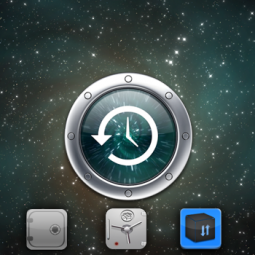We use the internet to send and transfer all kinds of files and information. From audio, video, textual, and photographic images, any kind of information that can be created digitally can be sent over the internet. Nowadays, this is a regular process that people do not think much about, even when they send large files. The internet used to work very slowly, and today thanks to better technology, we can send this volume of information across the internet infrastructure with very little concern. Sometimes though, we need to be concerned about the size of files because internet bandwidth is not limitless. Compression is a way that large files can be made more manageable.
File compression is essentially about efficiency. A computer’s software will examine a file’s coding and search for redundancies in the code itself. What this results in is a smaller file size, since the redundancies are removed. A good way to think about this is to look at the way a paragraph is constructed. A software file will have many lists of the same kind of information that repeat, much in the way that a paragraph will repeat many words. The software uses an algorithm find one piece of information and allow that software to use that one piece of information every time it is needed. Thus, a paragraph would only need to use a repeated word once if it was compressed.
Although file compression is used more frequently in image formats, any file is capable of being compressed. Audio, video, and image files are more suited to being compressed, however, because of the way that their information is displayed, which relies on human interpretation for their reconstruction. For instance, there may not be much visible difference in a photograph that has been compressed to the naked eye if the resolution on that image has not been increased. A closer examination might reveal it. Because of their large sizes, media files need compression to reduce their size and make them more manageable in terms of memory.
File compression comes in two very distinct flavors: lossy and lossless. Lossless compression involves a process where the software breaks apart the pieces of a file into more manageable parts. As the term indicates, nothing is really lost. The file is merely disassembled to make it easier to move, much like breaking down a bed when someone is moving. Moving the entire bed takes too much energy and resources. The software then reassembles the file identically after it has been transferred. This is called decompression is most often used for sending applications and files that need to be identical to how they were before they were sent.
Lossy compression, on the other hand, does involve some loss of information. Lossy compression seeks out redundancies, and the results of lossy compression are most evident in image files like photographs. The loss of data will look like added pixelation and overall loss of sharpness to the image. Lossy compression is great when quality is not so much of a concern.
By understanding file compression, one can get a better handle on the kinds of files that benefit from the two kinds of compression. Since most of us send large files over the internet, using compression to get the results we want from our media needs can make us more productive.
This article was submitted through TechGeec’s article submission form.



